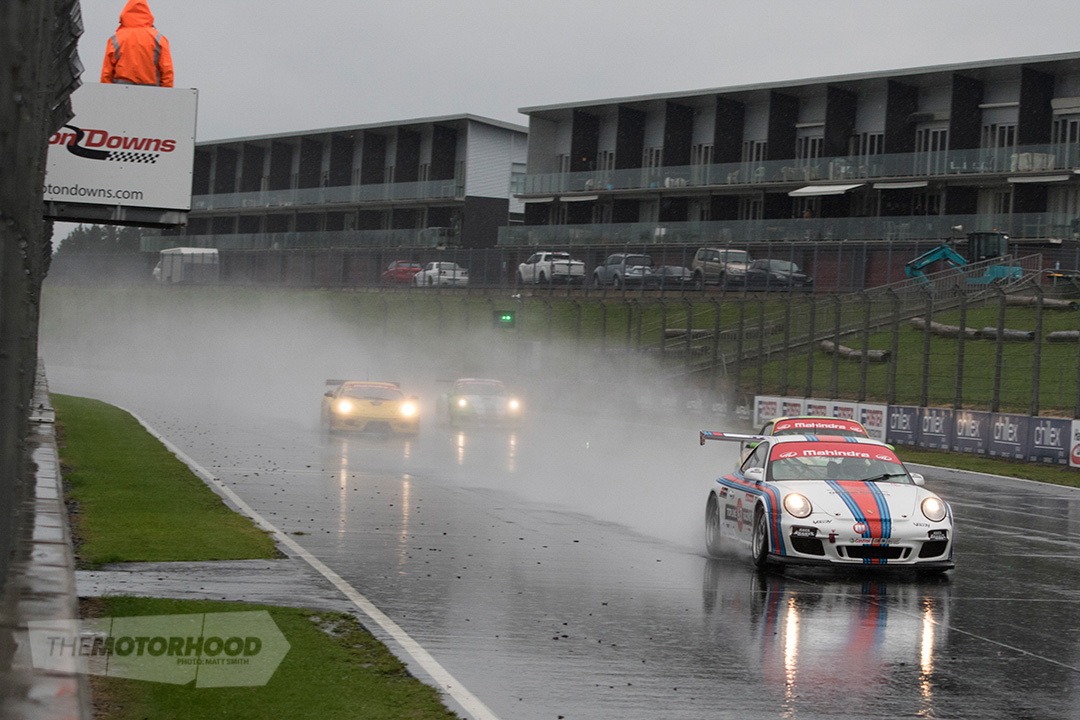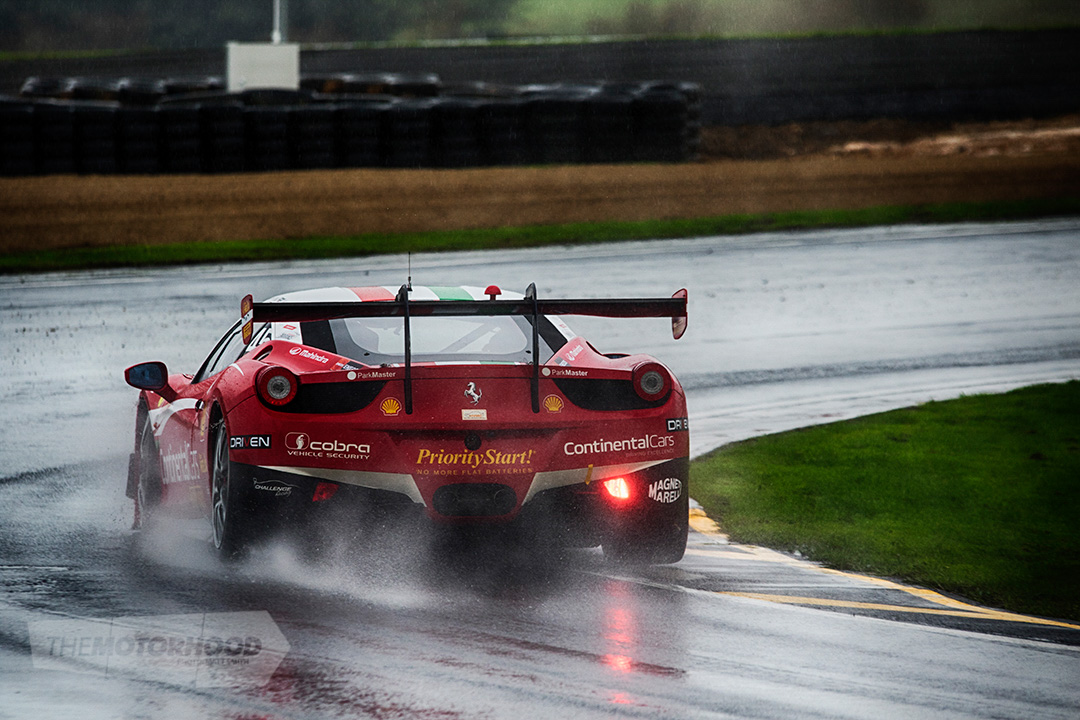
New Zealand’s largest automotive distributor, Nichibo, is set to continue its support of the North Island Endurance Series into the 2017/2018 season. Nichibo currently holds the naming rights sponsor with their Mahindra brand, and it will now switch to Eneos — Japan’s top oil brand, with a strong heritage in Super GT and World Superbike racing in the motherland — for the new season.
The Mahindra North Island Endurance series has been a massive success since its inception in 2013, and in conjunction with the Carters Tyres South Island Endurance Series and MotorSport New Zealand, the top 20 cars from both series will go head to head for winner-take-all New Zealand Championship titles at Christchurch’s Mike Pero Motorsport Park on March 18, 2017.

The joint agreement will see the event run annually, alternating islands — it was hosted by the north at Hampton Downs Motorsport Park in March 2016.
It features a unique format, a one-off race for the Championship titles — to qualify you must finish within the top 20 in each series, and to eliminate trophy hunters, there are no allowances for wildcard entries.

With some of the fastest cars in the country expected each year, and absolutely no championship strategy in play, it will make for an even more interesting new season of the North Island Endurance Series as the drivers no doubt fight their way into a qualifying place to try claim the title on home soil again in 2018.
The 2017–’18 Eneos North Island Endurance Series will kick off at Bruce McLaren Motorsport Park Taupo, on May 20, 2017




